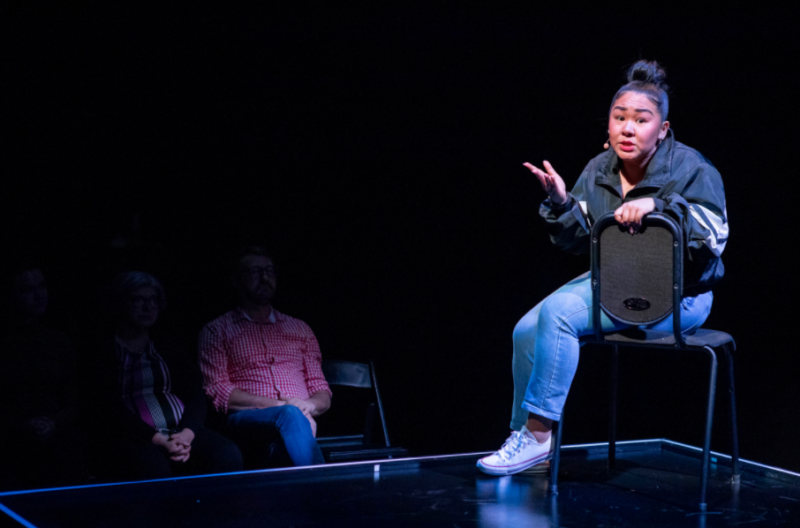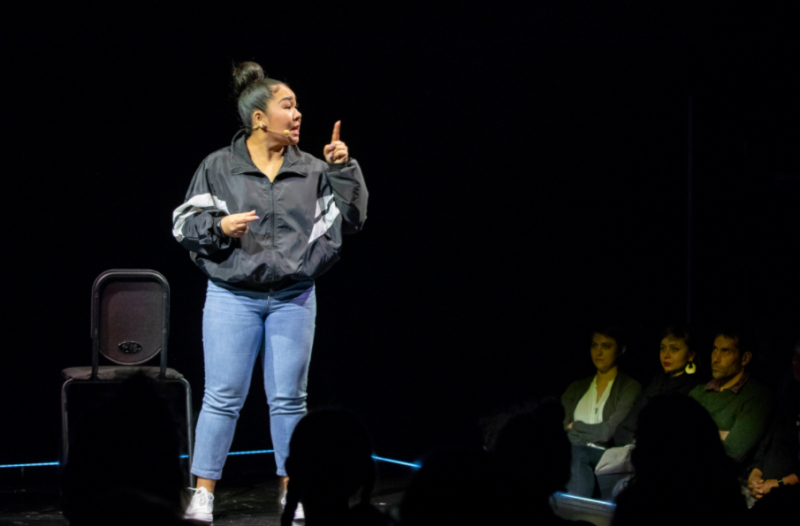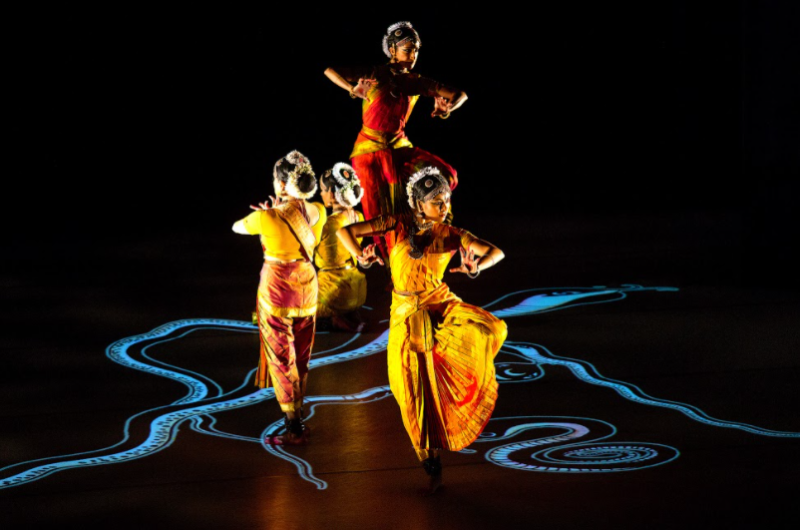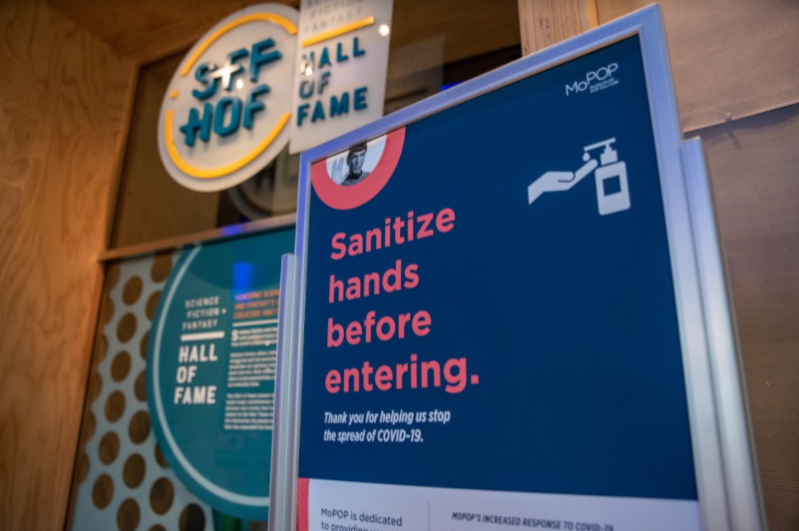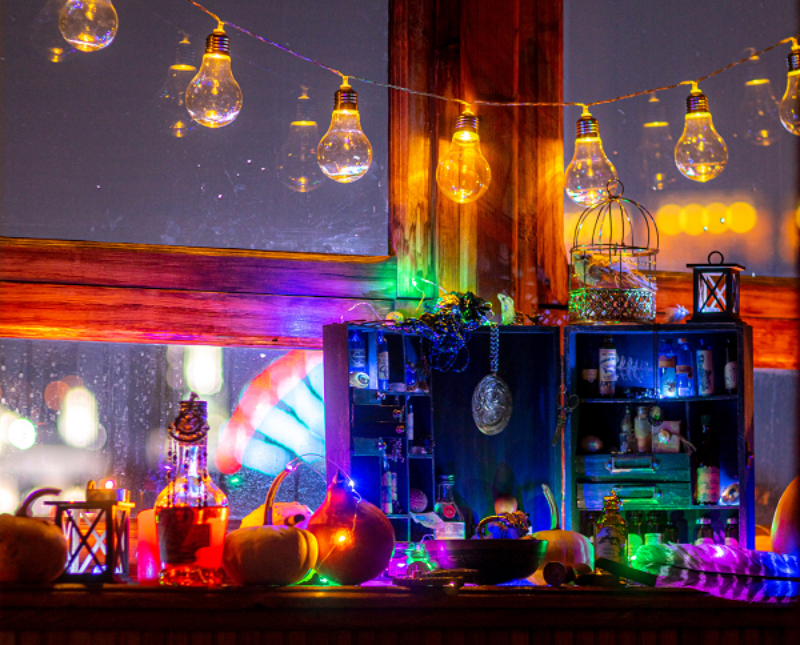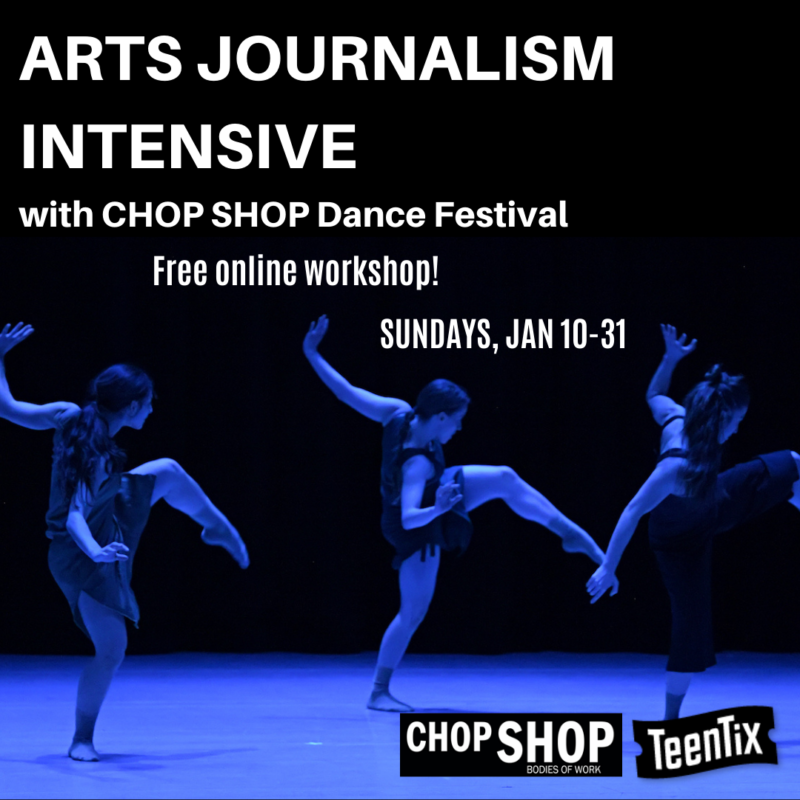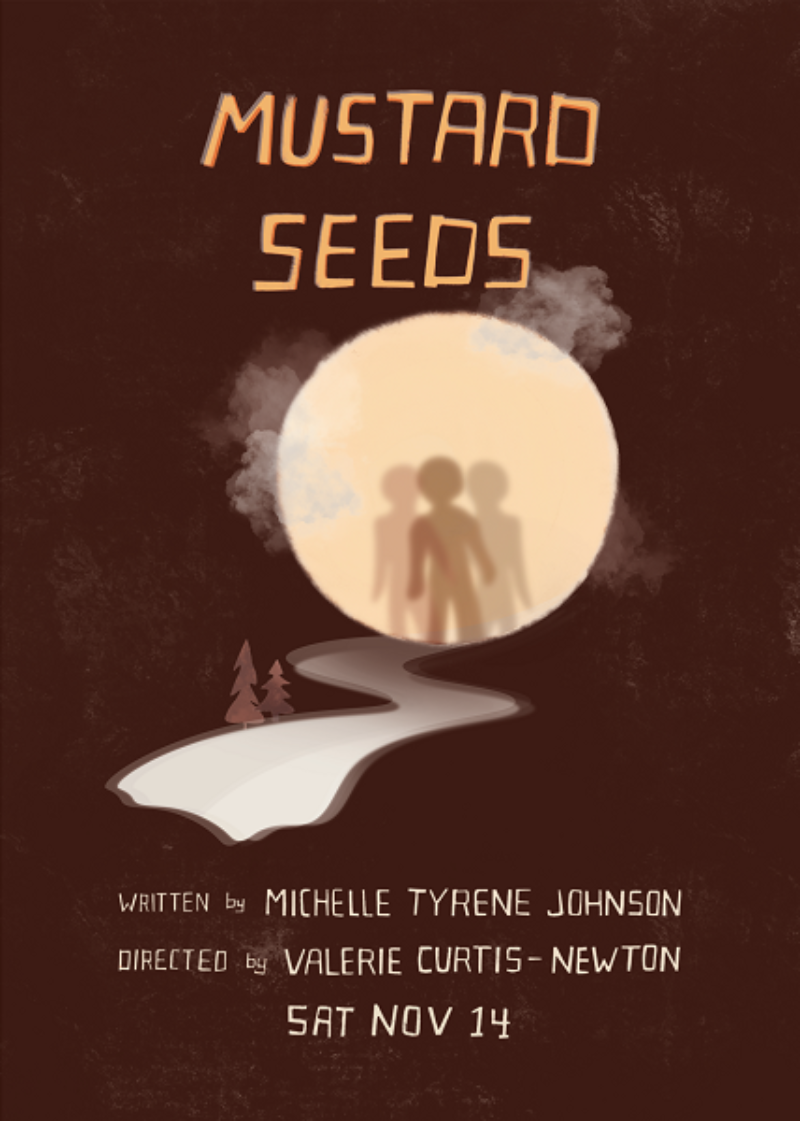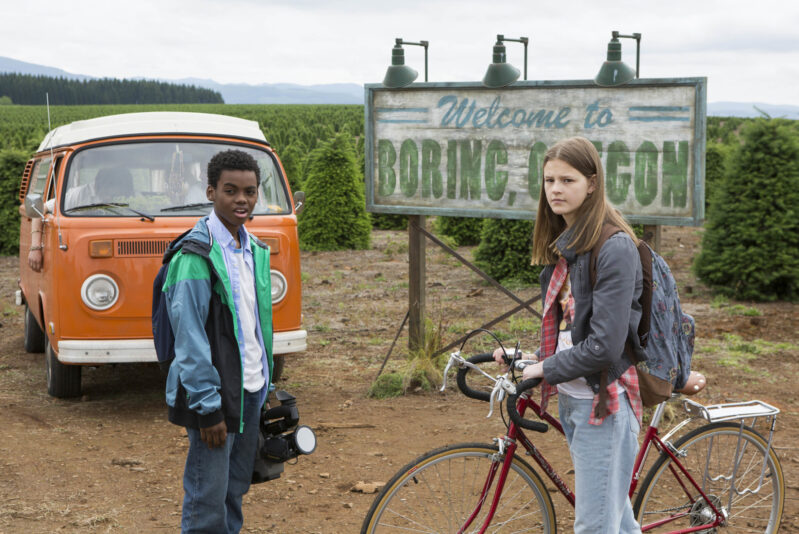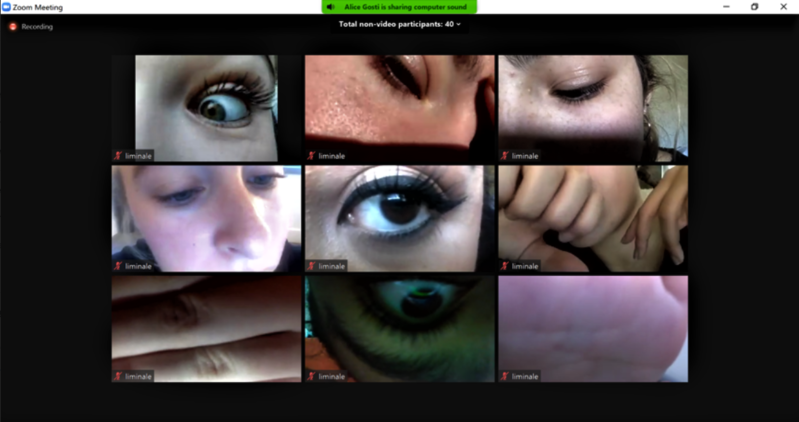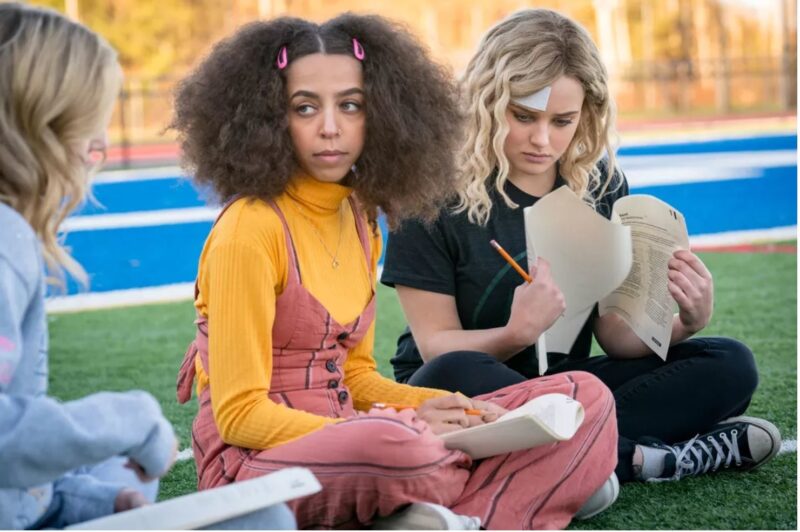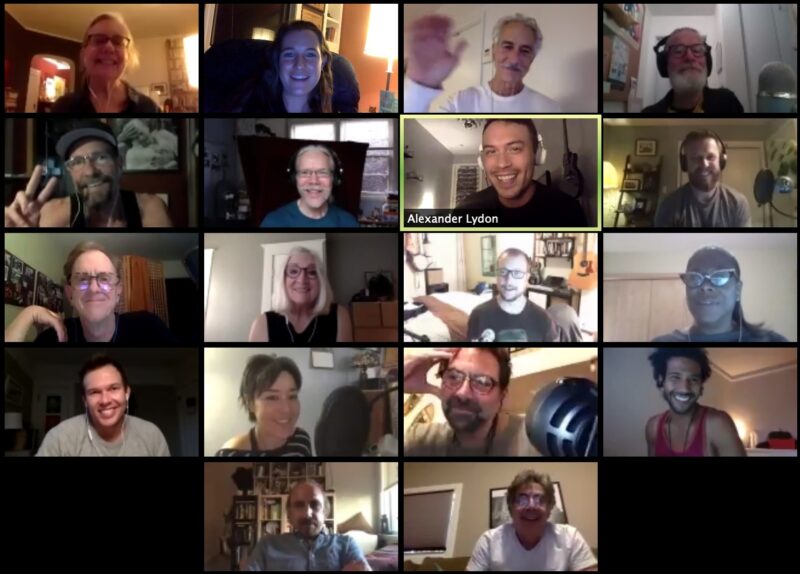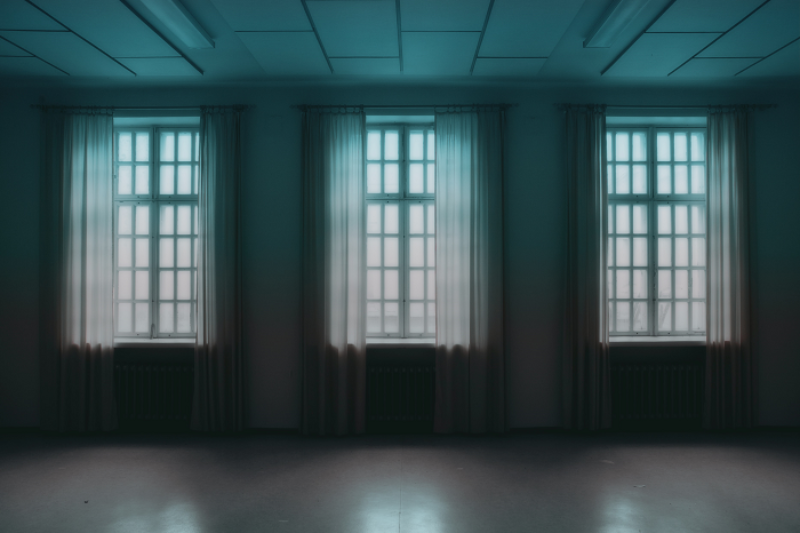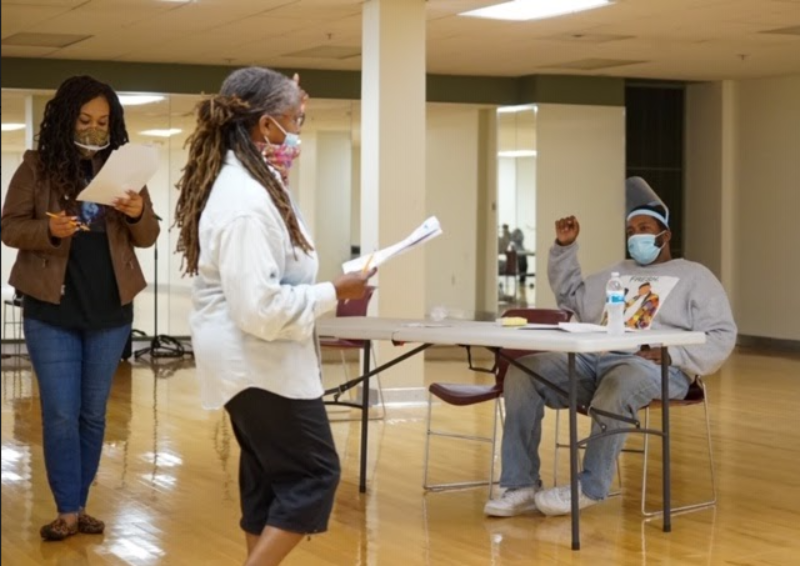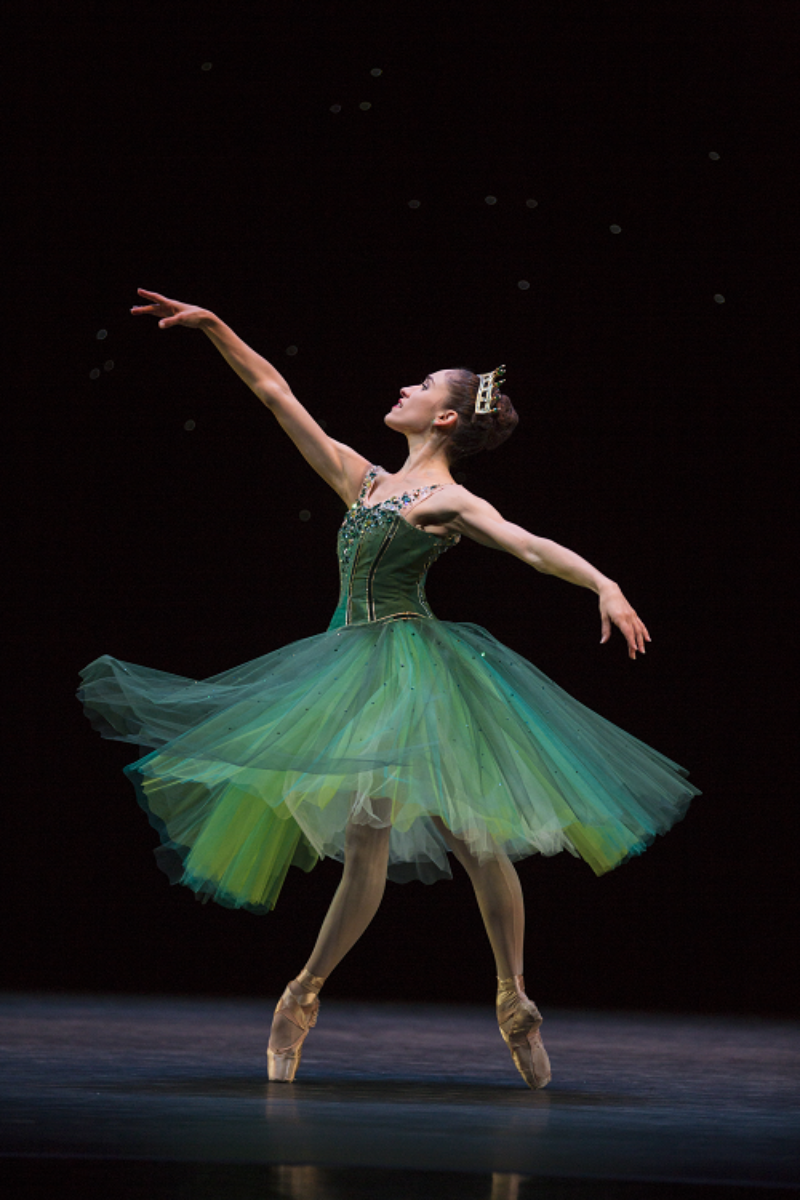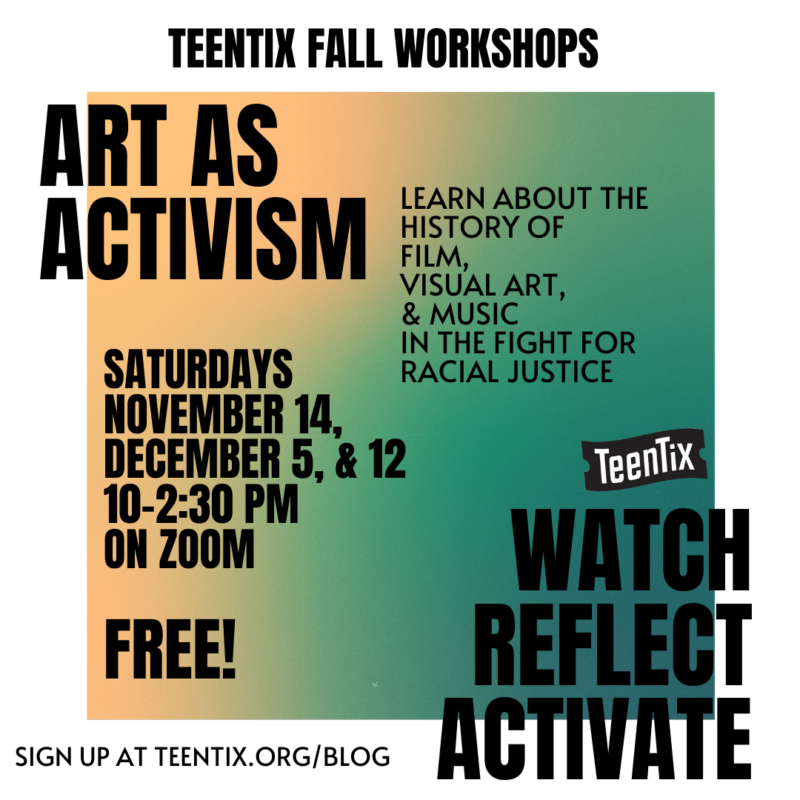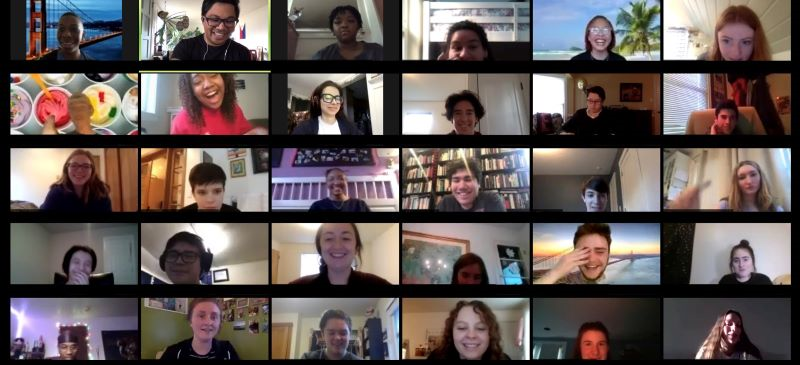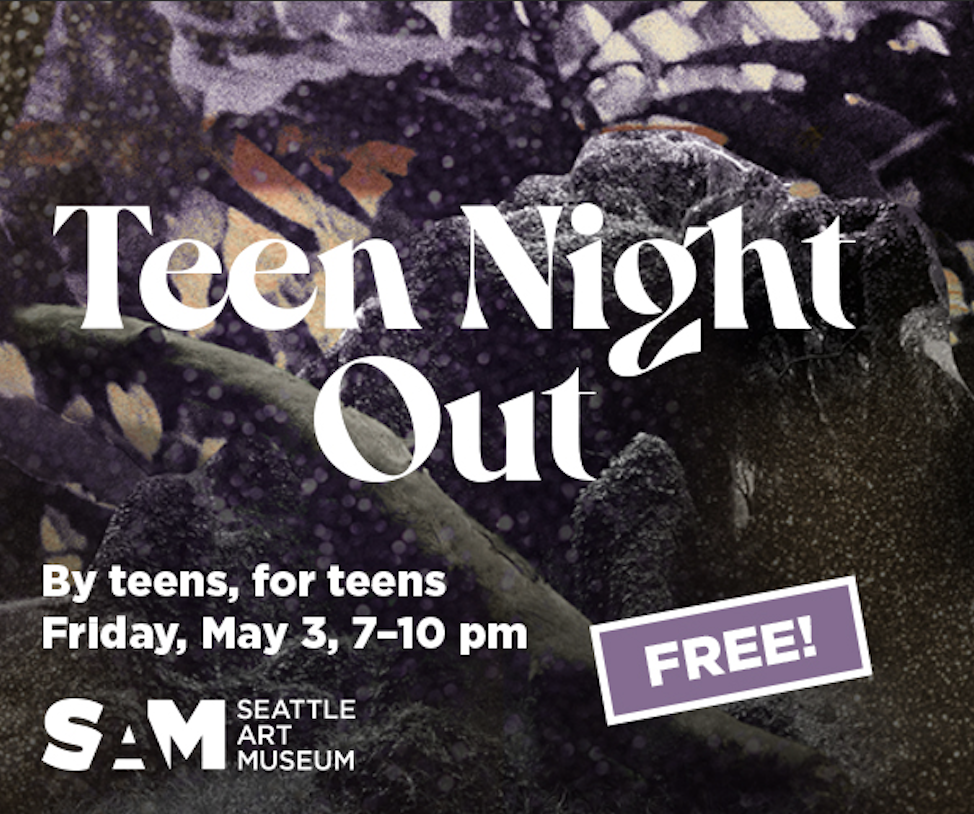Dragon Mama: Are We the Same or Could We Not Be More Different?
Review of Dragon Mama by Sara Porkalob at American Repertory Theater
Written by Franklin High School student, Kalie Vo.
Dragon Mama is a production that delivers emotional moments to create one life-changing experience. The story is unforgettable not only in the drama, but also in presentation. Regardless of the viewer’s perspective, this story holds the potential to leave an impact. Brought to life through the talent of solo actress—Sara Porkalob, this performance highlights being an anti-model-minority in a nonfiction approach unique to her mother’s life and demonstrates the events of what happened before and after Sara’s own birth.
The play focuses on Maria, with a complex family structure along with financial and emotional struggles while growing up. She is burdened in her childhood with the role of being a parental figure to her four siblings whose single mother is busy working to provide for them. The viewer spectates Maria as she grows from being an irresponsible teenager into an adult struggling to find her path in life. She also explores her sexual identity while raising her child and copes with mental issues. Maria’s coming of age is nothing like what most people imagine their life to become. This piece exists to let people know that the value of their experiences do not have to be measured by the common standard of success and that Maria, despite her bad choices in life, was able to strive for a fulfilling purpose and attain happiness, while moving the audience along the way.
One notable aspect of the play is the strong portrayal of family relationships. The one-sided connection between Maria and her mother, and Sara to her mother, is representative of many immigrant family dynamics. Maria’s mom was often too busy working to spend quality time with family as shown by a time where without notice, Maria and her younger siblings do not see their mom come home for over 24 hours. Not being able to spend time with family means not being able to guide them, not being able to give affection, and not being emotionally present while they grow up. This lack of guidance influences Maria into making many irresponsible choices later on. For some viewing her play, they might resonate with the experiences of feeling like their parents never loved them since they never showed up for them. Despite this, Maria still receives silent displays of support, like when her mom pays for her abortion or lets adult Maria leave the household to find herself. These events cause the audience to reflect on their own relationships and memories with their parents.
Part of what makes this performance unforgettable is how the play does not sugar-coat the reality of mental health. When Maria gives birth to Sara, she experiences depression and her whole family is there to see it happen. Her depressive episodes are uncomfortable to watch but remind us that Maria is a real human with flaws and she was never meant to be a role model. With that in mind, witnessing Maria’s life at her extremes can create a sense of relief for young people watching because it tells them that it’s okay to be doing terrible.
Whether the audience relates to, or could not be more different from Maria, watching this life-changing production offers the audience a new perception of life along with insight. It forces spectators to acknowledge stigmas and issues that often come with the reality of living in poverty as an immigrant. For those who have lived a privileged life, it brings awareness and growth. For those who resonate with Maria’s experiences, it brings healing and growth. Regardless of perspective, the personal story each audience member has to compare and contrast with Maria’s is what creates this special awakening.
Lead photo credit: Sara Porkalob in Dragon Mama at American Repertory Theater. Photo by GretjenHelene.com
The TeenTix Press Corps promotes critical thinking, communication, and information literacy through criticism and journalism practice for teens. For more information about the Press Corps program see HERE.
This review was written as part of an Arts Criticism 101 workshop at Franklin High School in Ms. Roh's Asian American Literature class, taught by Press Corps teaching artist Omar Willey.

